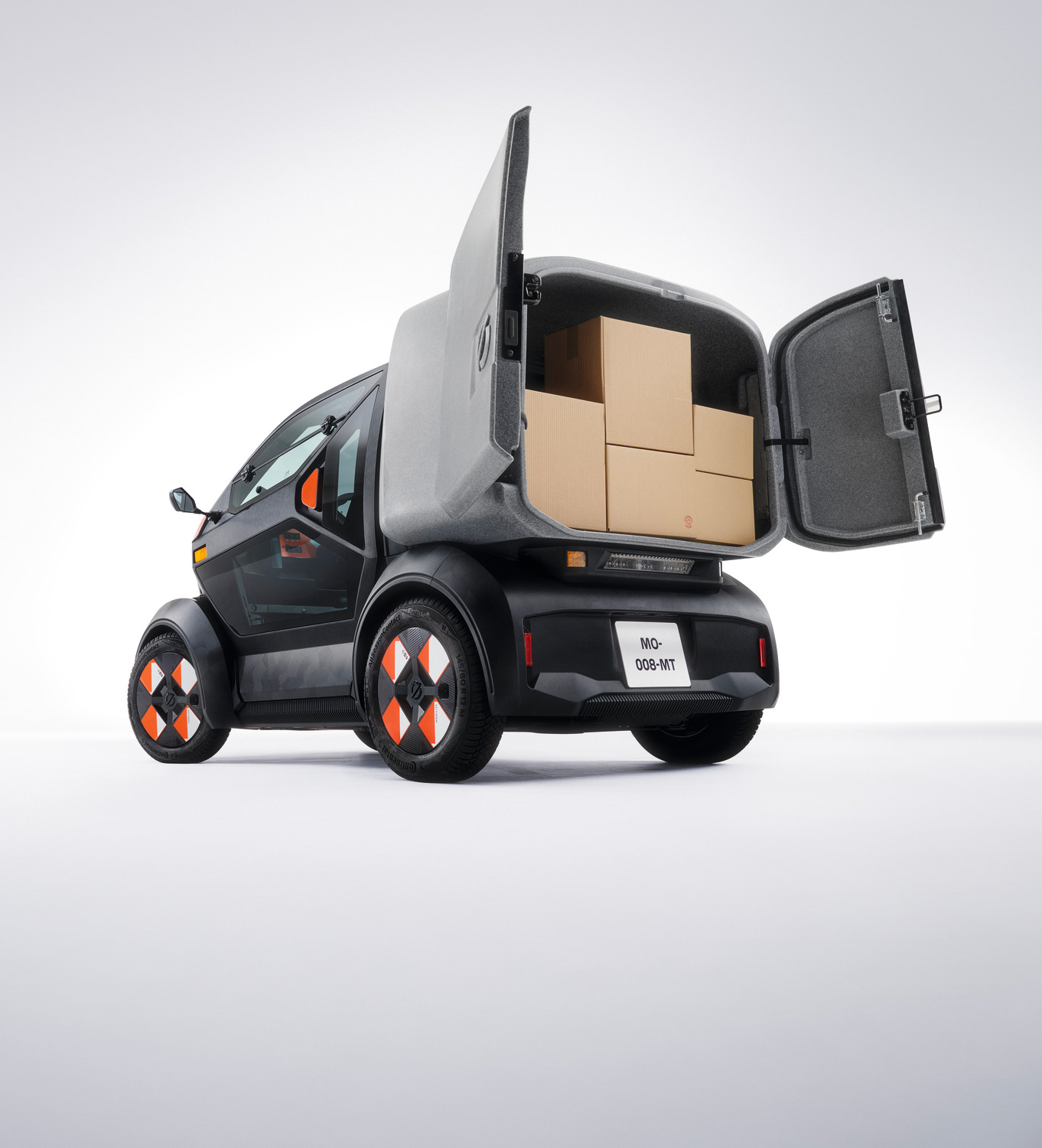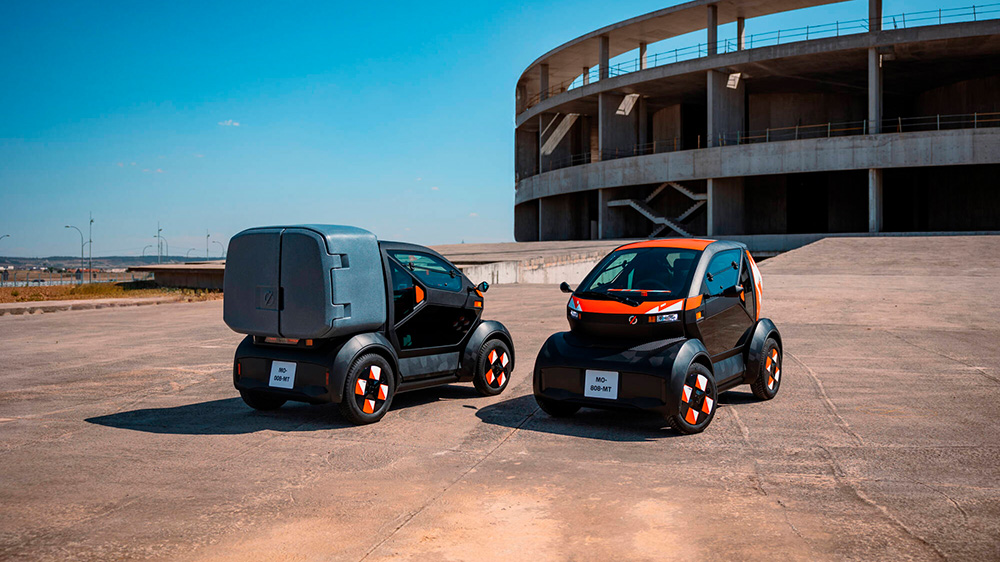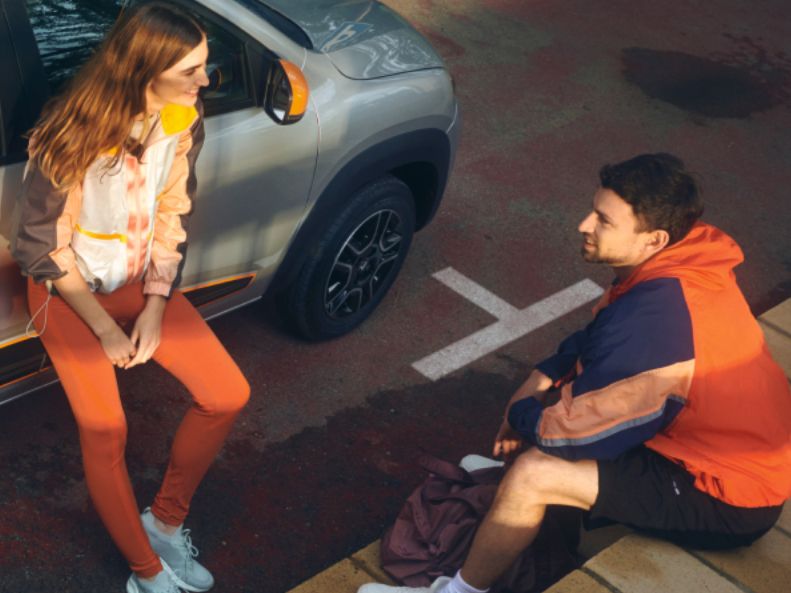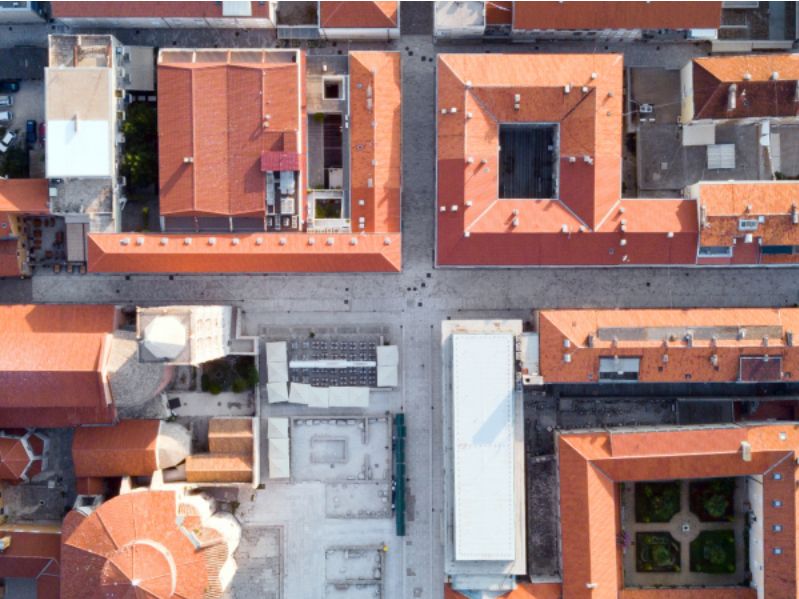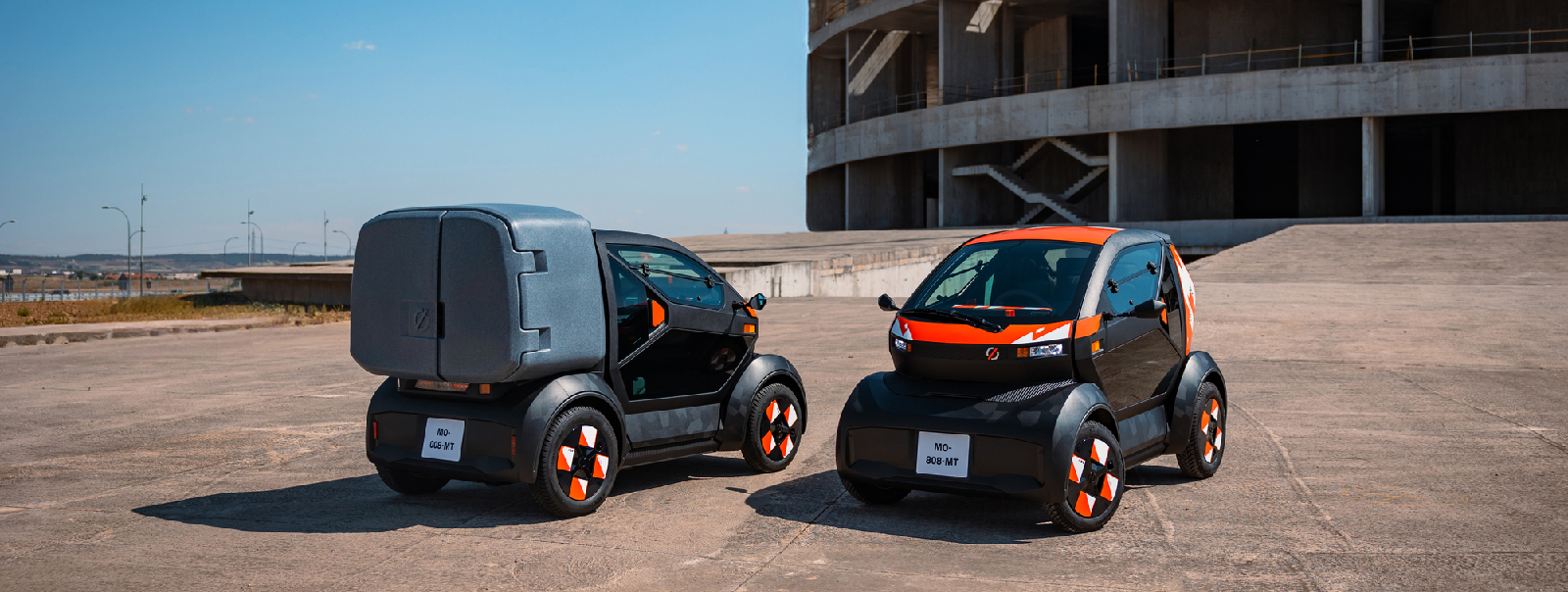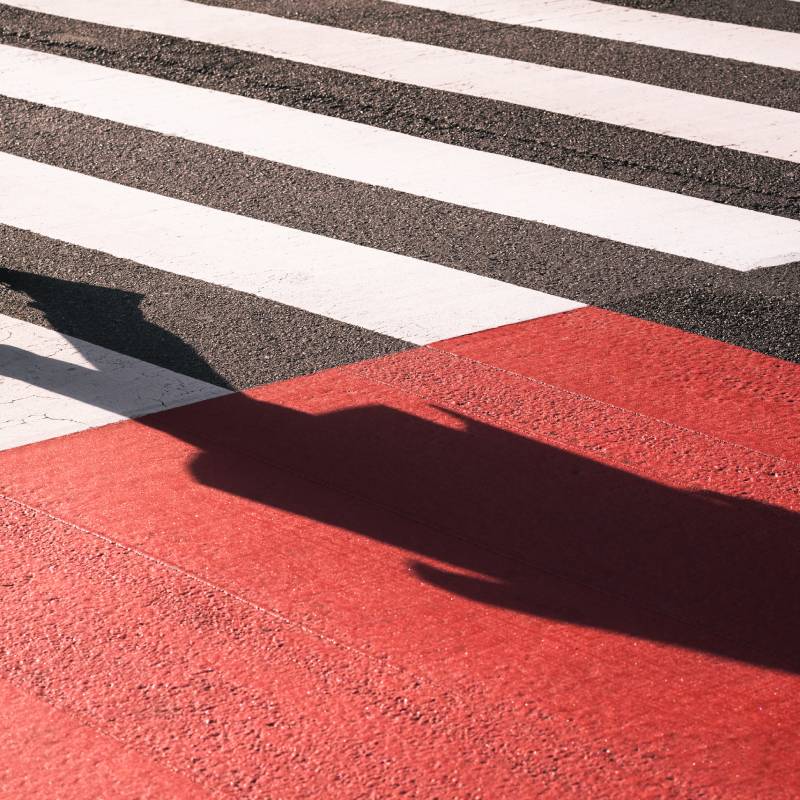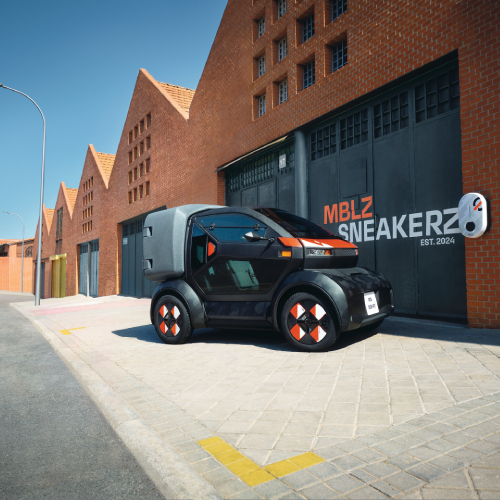FIRST SKETCHES, SEARCH FOR EMOTION
The history of Duo goes back to mid-2020, as Laurence Béchon, Mobilize Mobility Services Director until July 2024, explains:
‘An impulse from the company to provide a new mobility solution for urban areas. So compactness is at the heart of the initial intention, and obviously electrification, since the solution has to be sustainable.’
In the constraining world of the city, the design of the vehicle had to echo the pleasure of mobility. Among all the line drawings produced by the Mobilize design teams, which one should we choose? Bernard Pierre, Mobilize’s Vehicle Design Project Manager, remembers:
‘We had to find the little sketch that would trigger an emotion, that would speak a little louder than the others. It’s really a search for a ‘coup de coeur’, an emotional response.’
ERGONOMICS AND INTUITIVENESS GUIDE THE LINE
For Jean-Philippe Salar, Mobilize’s Design Director, the strong point of this new kind of vehicle is its unique design:
‘What we wanted was to avoid an imitation of a car.’
The choice of a two-seater was made fairly quickly, and their arrangement in tandem quickly became obvious, as this configuration made it possible to create the narrowest possible vehicle. Eric Diemert, Design Project Director at Mobilize, explains what happened next:
‘We then had to choose the right type of door, one that would have the smallest footprint and ensure safety when entering and exiting the vehicle. The idea of an elytra-shaped door came quite naturally.’
This quest for ergonomic and technical simplicity gave rise to a particularly original object:
‘We were gradually arriving at the idea of a glass capsule that sits on wheels’.
AN « ENDEARING » VEHICLE, WITHOUT COMPRISING ON SAFETY
Its spaceship look gives it a real personality. As Benjamin Manceau, Product Leader for Duo & Bento, points out:
‘Mobilize Duo is endearing and intuitive… Its design is strong, with shapes that are unlike anything you’ve ever seen. But still, it’s easy to make it your own.’
In addition to the desire to break away from traditional car codes, the teams also wanted to reach as many people as possible. For Duo, this meant offering versions with and without a driving licence, and providing drivers with a comfortable, safe vehicle. Laurence Béchon explains:
‘Compared with a 2-wheeler, Mobilize Duo offers safety and comfort. In terms of safety, we’ve fitted an airbag to all our versions. In terms of comfort, elements such as the seats and suspension have been given special attention.’
BENTO, THE ALTER EGO OF DUO
Mobilize Bento has its origins in the wish to offer a new-generation utility vehicle. Thomas Ehrmann, Head of Design Strategy at Mobilize, explains:
‘We had the idea of adding, strictly speaking, a backpack to Duo. We simply listened to what cities were telling us: develop objects that would allow goods to be transported over the last few kilometres’.
De nombreux métiers ont en effet besoin d’accéder et de se déplacer au cœur des villes, comme le précise Benjamin Manceau :
‘The customers identified for Bento are professionals in what we call local services: personal services, home services, breakdown services, maintenance services for instance… and of course on-demand delivery’.
From the very first prototypes, Bento was a hit.
‘When we saw Bento in the corridors, we said to ourselves: ‘But of course! It was love at first sight. And it was a fairly widespread reaction throughout the company’. Laurence Béchon
‘Bento is even more offbeat than the Duo. Every time we present it to people young and old, they just adore it’. Jean-Philippe Salar
INSPIRED BY URNAN CULTURE
Urban culture was the main source of inspiration for Duo. Thomas Ehrmann recalls:
‘If you remember, at the end of the 70s, when the Walkman arrived, it was a completely new experience. For a consumer, the idea of being able to run around town with a soundtrack was a completely new experience. In the 80s, there would be the boombox, the famous cassette radios that people took out into the street’.
The Duo and Bento dashboard, with its large buttons for easy access to the vehicle’s various functions, reflects the spirit of this nomadic object that is emblematic of street culture. Jean-Philippe Salar claims this originality:
‘The design of Duo et Bento, both on the outside and inside – with its dashboard that refers to boomboxes – deliberately goes against the grain of classic automotive language’.
COMBINING CONNECTIVITY AND SIMPLICITY
At a time when screens are everywhere, even in our cars, the question arose of integrating one into Duo and Bento. The answer was quickly found, as Laurence Béchon explains:
‘What’s the best screen in our daily lives today? It’s in your pocket! The best screen is our phone. From that point on, we decided not to put an on-board screen’.
Le choix ayant été fait de s’appuyer sur le smartphone des clients, il fallait leur proposer une interface adaptée :
‘The MyDuo application is part of the solution. We didn’t work on the vehicle on one side and then, 2 years later, on an application on the other. This application is a real interface with the vehicle’.
Like Duo and Bento, the application had to be intuitive, as Wafae Mokhtari, Product Manager at Renault Digital, explains:
‘You’ll be able to find all the data about your vehicle, such as the battery percentage and range. You can also create a digital key for yourself, and share it with up to 6 people’.
Pierre Houlès, Mobilize’s Technology Director, highlights the benefits of Duo and Bento’s connectivity:
‘The ability to open your vehicle using your smartphone. The ability to geolocate it. And, if I’m a car-sharing service operator and I want to prevent people with bad intentions from taking my vehicles, I can define zones beyond which I’ll be able to block the car, of course in complete safety.’
VEHICLES BUILT TO LAST
Duo and Bento have a lot going for them. But how can we offer connected vehicles with the highest levels of cyber security and a great deal of autonomy at an affordable price? Benoit Abadie, Mobilize’s Director of Engineering, explains:
‘The first thing is to keep it simple! Starting with the design: it’s based on a metal birdcage structure to which we simply glue plastic panels (…) We have around 300 parts in Duo, that’s 5 times less than in a normal car, which has around 1,500.’
This quest for simplicity is also reflected in the choice of materials, as Jean-Philippe Salar points out:
‘There was a lot of thought put into the “camo” grain, which we developed for the shields to somewhat absorb everyday scratches and scuffs. (…) All the graphics and colours come from a sticker. We don’t have any paint, so we can personalise the vehicle using these stickers.’
RESPECT FOR THE ENVIRONMENT
In addition to their electric engines, Duo and Bento feature a resolutely sustainable approach, as Wafa Boujguenna, Industrial Project Manager, explains:
‘Duo and Bento are assembled at Renault’s Tangiers plant. It’s an ISO 14001 plant that’s working towards carbon neutrality (…) Duo and Bento are eco-designed vehicles, made from 40% recycled materials, battery included, and are 95% recyclable, including the battery’.
ELECTRIC QUADRICYCLES OR BUBBLES OF JOY?
While Duo and Bento combine practicality, innovation, design and respect for the environment, they also bring a smile to the driver’s face!
‘It’s a vehicle that makes you feel good, that’s pleasant to drive, and that’s fun!’ Jean-Philippe Salar
‘When you test drive the vehicle and start to live with it, you say to yourself: ‘that feels good! to have a vehicle that’s simple, that goes straight to the essentials and meets my needs,’ Laurence Béchon
‘I’m lucky enough to drive it frequently. The experience of sitting in the middle of the car, and driving in the middle of the car, is an extraordinary driving pleasure! Benoit Abadie
MORE ABOUT DUO AND BENTO IN YOUR COUNTRY
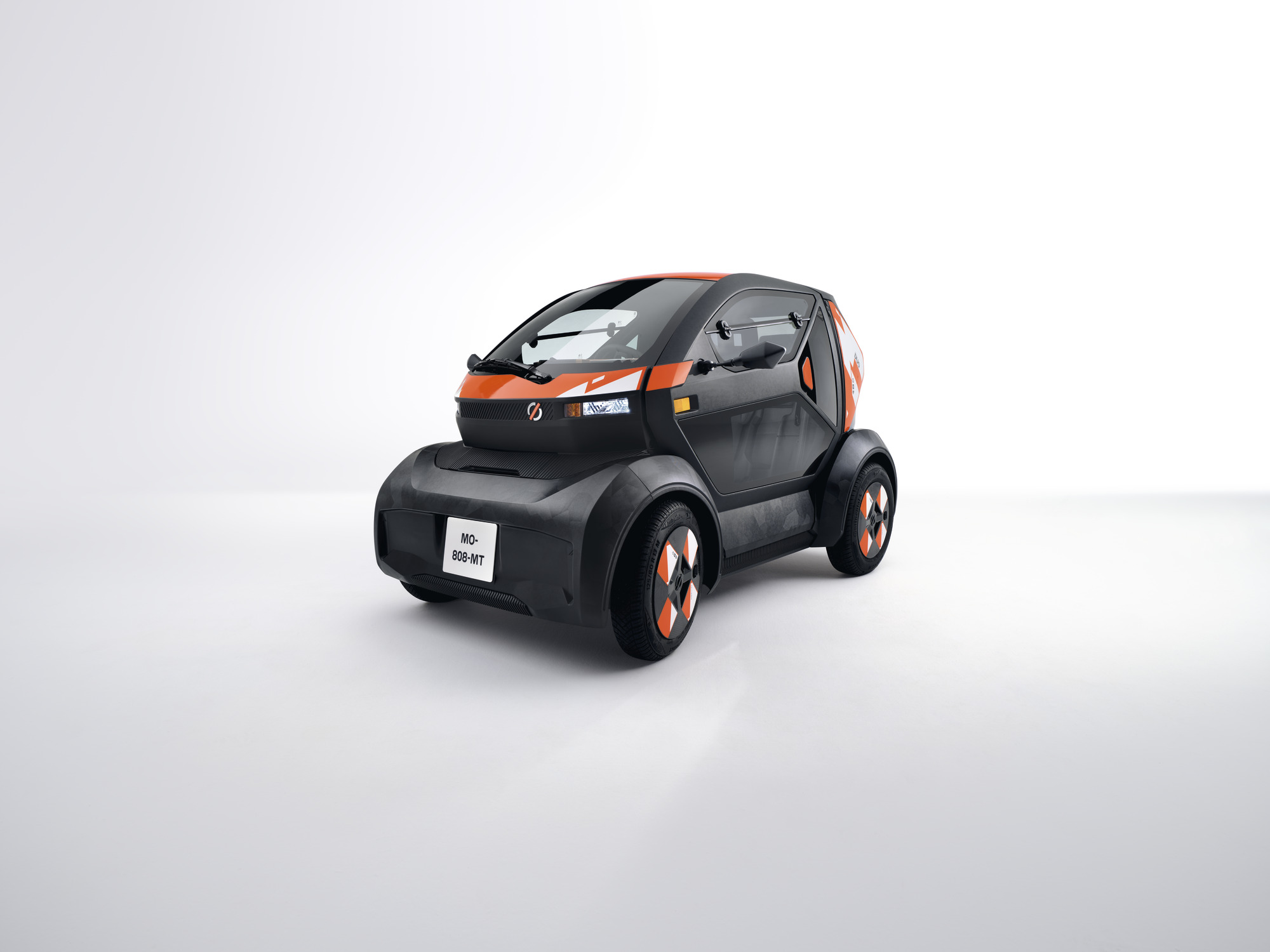
MOBILIZE DUO
